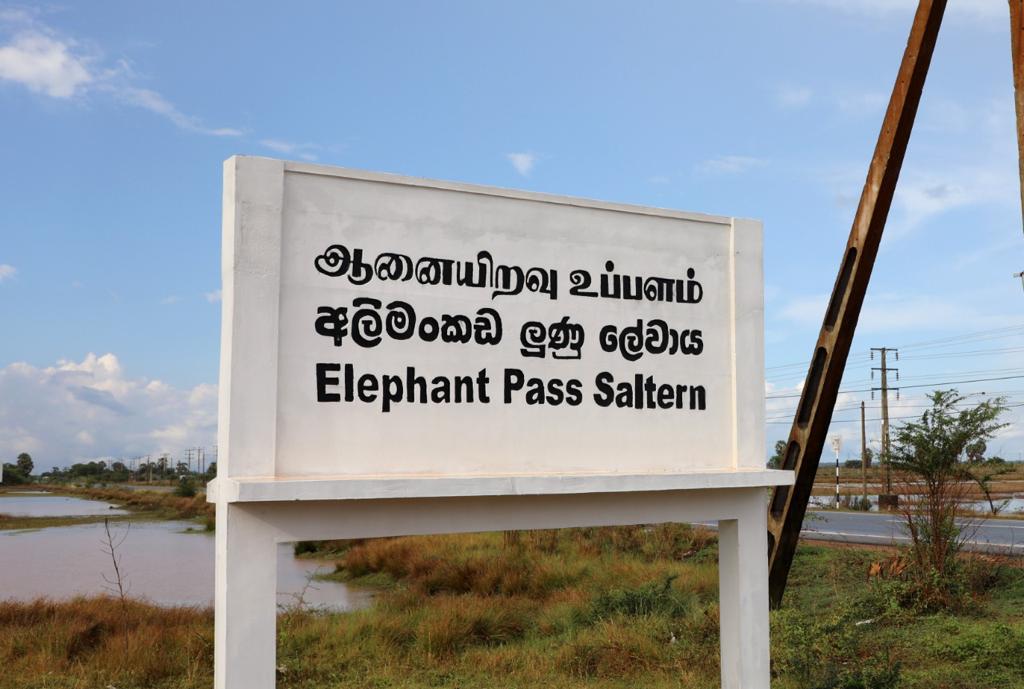
Sri Lanka's government is now turning to the war-ravaged Elephant Pass saltern in the North-East to address the island's acute salt shortage, as the facility's production capacity remains deactivated, despite more than 15 years since the end of the armed conflict.
The announcement comes as National Salt Limited chairman Gayan Wellala reveals plans to fully activate several northern salterns, including the historic Elephant Pass facility, by March 2024. Sri Lanka's self-sufficiency in salt production remains hindered, despite the capability of the Northern saltern, which was left deactivated by the military occupation.
Before 1990, the Elephant Pass and Kurunchativu salterns, spanning 100 acres, produced an impressive 85,000 metric tons of salt annually. This output not only met the entire island's domestic needs but also generated surplus for export.
The decline of these salterns traces back to the tumultuous years of the armed conflict. From 1990 until 2000, when the Liberation Tigers (LTTE) captured the Sri Lanka Army's Elephant Pass garrison, the facilities fell into disuse. The military's removal of timber lining from salt pans for military purposes further contributed to the deterioration of the infrastructure.
Despite various rehabilitation attempts since the end of the armed conflict in 2009, progress has been incremental. In 2001, Elephant Pass came under National Salt Limited through a Cabinet decision. After the area's capture and occupation by the military in 2009, the Ministry of Traditional Industry & Small Enterprise Development invested Rs.100 million in renovations, followed by an additional Cabinet approval of Rs.125 million for phase-2 activities in 2015.
Current renovation efforts have reportedly achieved 95% completion in Phase-1 and Phase-2 areas as of 2018. However, the projected annual production of 20,000 tonnes falls far short of the facility's historical output, representing less than a quarter of its former capacity.
The urgency to revive these salterns has been heightened by Sri Lanka's current salt crisis. Adverse weather conditions have led to a 40% decrease in national salt production, forcing the country to import salt for local consumption for the first time in 15 years. The Cabinet has approved the import of 30,000 metric tons of non-iodised salt before January 31, 2025, as a stopgap measure.
The history of salt production in Sri Lanka is deeply intertwined with colonial legacy. The British monopolised all salt production in 1938 with the establishment of the Salt Department, paralleling events like the Salt Satyagraha in India. The department later evolved into the National Salt Corporation in 1966, overseeing all of Sri Lanka's salterns before the outbreak of the armed conflict.
